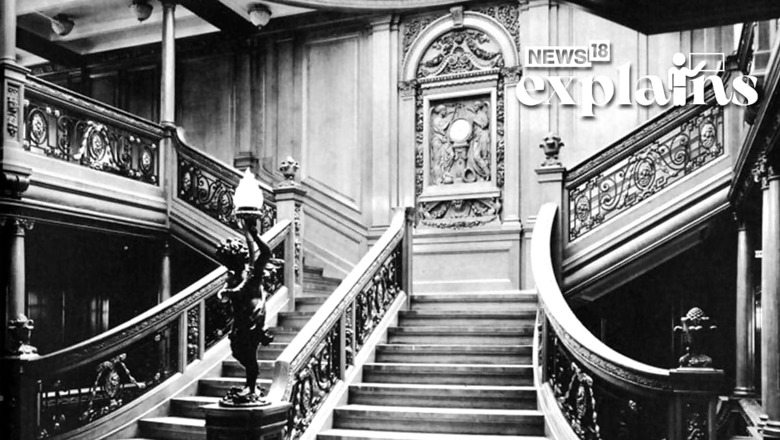
views
Resting deep beneath the ocean’s surface, the wrecks of the Titanic and the Titan lie, separated by a span of 1,600 feet (490 meters) and a remarkable 111 years of history. The world’s enduring fascination with the Titanic’s tragic tale, however, recently gave rise to a fresh calamity as five lives were tragically claimed by the “catastrophic implosion” of a submersible destined for the ship’s final resting place.

While the vast Atlantic Ocean harbors numerous wrecks, the Titanic stands among them as just one chapter in a vast chronicle of maritime disasters, when the notorious iceberg collision that plunged the Titanic and 1,517 souls to their demise during its inaugural voyage in 1912.
Yet, time and again, it is the allure of the Titanic that draws people in. Its narrative has ignited literary works, cinematic creations, and a thriving tourism industry with captivating museums and exhibitions, attracting millions of visitors year after year.
And, for some, there have been ventures to behold the wreck site firsthand.
So, what is it about the Titanic that exerts such grip on our collective imagination? Let’s take a dive into the Titanic sinking and why it remains etched on our psyches even today:
What Happened to the Titanic in 1912?
Titanic’s Conception
According to Britannica, during the early 1900s, the lucrative and fiercely competitive transatlantic passenger trade witnessed a fierce rivalry between prominent ship lines such as White Star and Cunard.
In 1907, Cunard appeared poised to strengthen its market share by introducing two highly anticipated ships, the Lusitania and the Mauretania, set to commence service later that year.
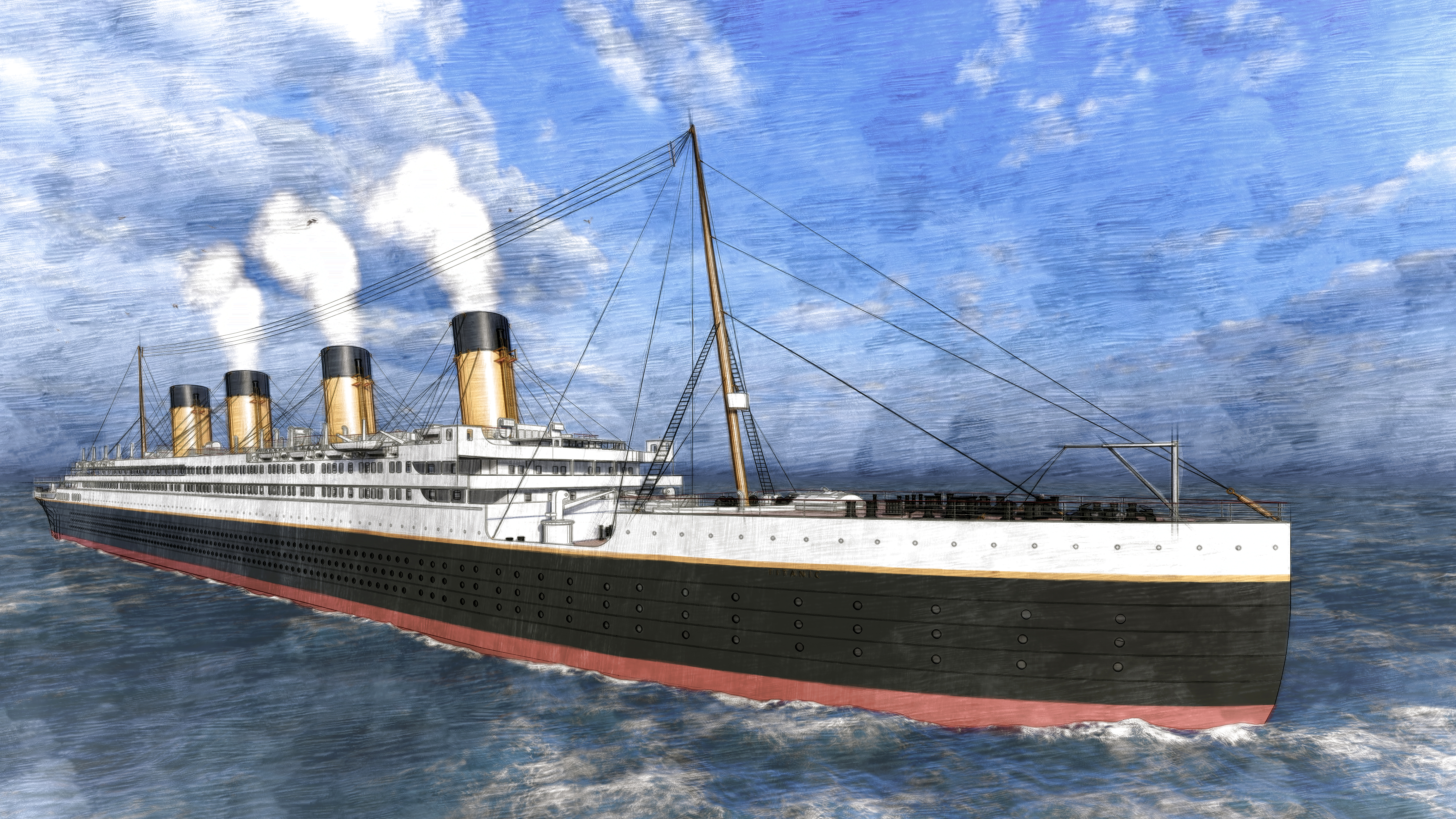
These passenger liners attracted significant attention due to their projected speed, ultimately breaking records for transatlantic crossings. In response, J. Bruce Ismay, the chairman of White Star, reportedly held discussions with William Pirrie, who oversaw the Belfast shipbuilding firm Harland and Wolff responsible for constructing most of White Star’s vessels.
Collaborating on a strategy, they conceived a plan to construct a class of grand ocean liners renowned for their luxurious accommodations rather than focusing solely on speed. Subsequently, the decision was made to build three magnificent vessels: the Olympic, the Titanic, and the Britannic.
An Opulent Ship
On March 31, 1909, the construction of the Titanic commenced, following the earlier initiation of its sister ship, the Olympic. These magnificent vessels were built side by side in a specially designed gantry capable of accommodating their unprecedented size.
The Titanic boasted a grand first-class dining saloon, four elevators, and even a swimming pool. Its second-class accommodations were comparable to the first-class features found on other ships, while the third-class offerings, though modest, still provided relative comfort, according to Britannica.
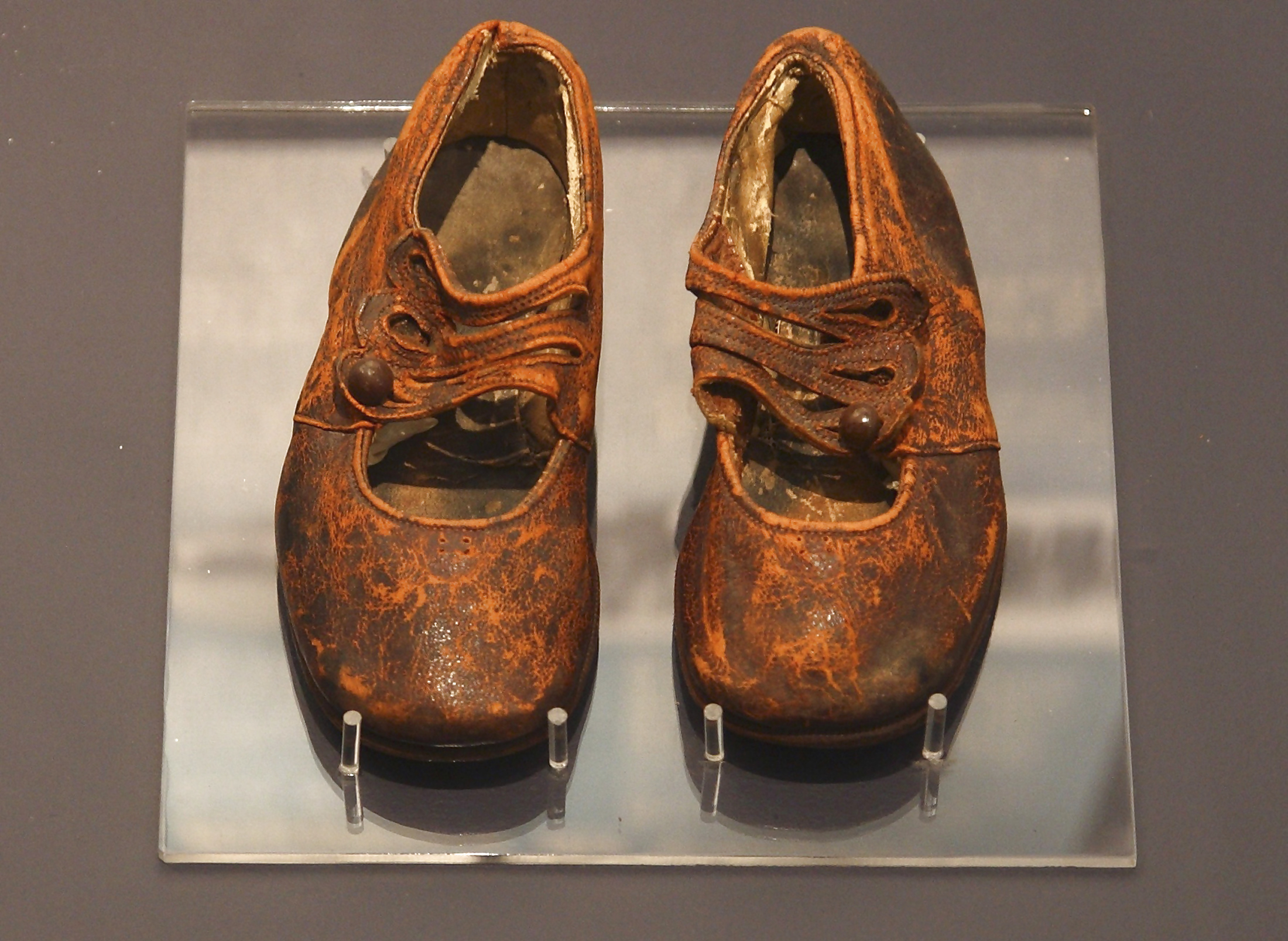
In terms of safety measures, the Titanic was equipped with 16 compartments that featured doors operable from the bridge, allowing for the containment of water in case of hull breach. Although considered watertight, the bulkheads were not sealed at the top. The ship’s builders asserted that four compartments could be flooded without jeopardizing its buoyancy, leading many to believe the Titanic was unsinkable.
The historic maiden voyage of the Titanic commenced on April 10, 1912, departing from Southampton, England, and bound for New York City. Under the command of Captain Edward J. Smith, known as the “Millionaire’s Captain” due to his popularity among wealthy passengers, the ship earned the nickname “Millionaire’s Special.”
The Iceberg
During the Titanic’s voyage, the radio operators, Jack Phillips and Harold Bride, received several iceberg warnings, which they relayed to the bridge. However, some crucial messages were not delivered, including a warning from the Mesaba about an ice field.
Around 11:40 PM on April 14, an iceberg was spotted, and the ship attempted to steer away but ultimately collided with it. The impact damaged multiple compartments, sealing the ship’s fate. Distress signals were sent, reaching the Carpathia, which was over 58 nautical miles away. Despite the efforts of other ships, including the Olympic, help was too far to arrive in time.
The Musicians Upon the Sinking Deck
As lifeboats were launched, the prioritized order was to evacuate women and children first, according to the report. Despite having more lifeboats than required, the Titanic’s capacity fell short, and some boats were launched below their maximum capacity due to concerns about the davits’ strength. Only 705 people were rescued in lifeboats, leaving many passengers behind.
During the evacuation, the Titanic’s musicians played music to comfort the passengers. The exact duration of their performance and the last song they played remain uncertain. Sadly, none of the musicians survived the sinking.
As the situation grew dire, water flooded the lower decks, causing panic among the passengers. Some men tried to board lifeboat number 14, prompting an officer to fire his gun. The distress calls from the radio operator reflected the desperate state of the ship.
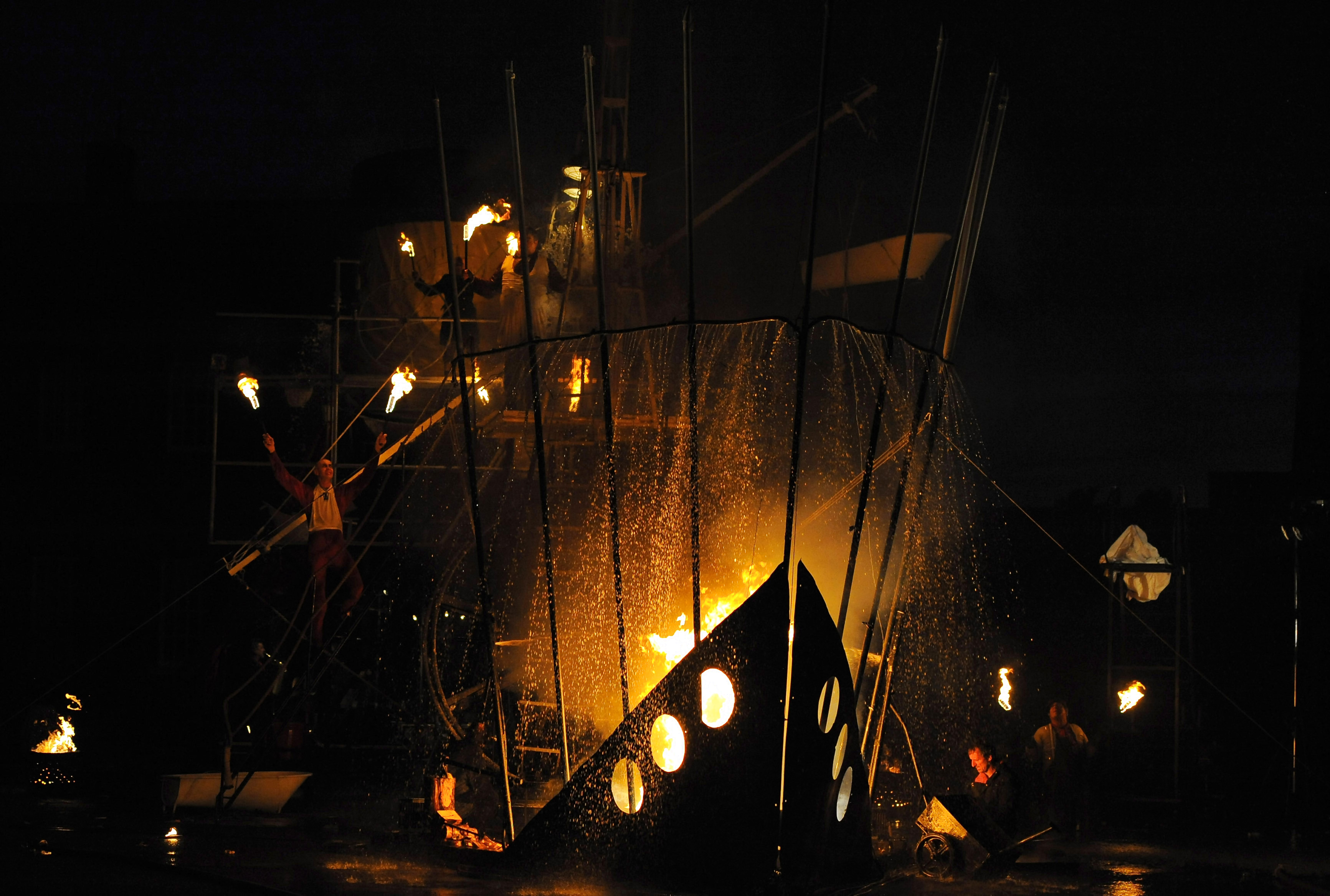
As the Titanic sank, the stern rose out of the water, straining the midsection. Eventually, only three collapsible lifeboats remained. Captain Smith released the crew, signaling that every individual should fend for themselves. The ship broke in two, with the bow sinking first. It took approximately six minutes for the bow to reach the ocean floor. The stern briefly settled before rising again and ultimately sinking vertically. At 2:20 AM, the ship disappeared beneath the ocean, with the pressure causing the remaining air in the stern to implode.
Hundreds found themselves in the frigid water, but the lifeboats, concerned about overcrowding, hesitated to return to rescue them. By the time they did, most of the people in the water had succumbed to the extreme cold. The tragic outcome was the loss of over 1,500 lives.
Among the fatalities, the crew accounted for around 700 deaths, while the third-class passengers suffered the highest casualties.
Out of approximately 710 third-class passengers, only about 174 survived. It was later revealed that claims of steerage passengers being prevented from boarding lifeboats were largely untrue. However, due to the lack of a general alarm and the difficulty of navigating the ship’s complex layout, some third-class passengers were unaware of the severity of the situation until it was too late. Additionally, many women chose to stay with their husbands and sons, further reducing their chances of survival. Some passengers from the lower levels also reached the top deck after most of the lifeboats had already been launched.
When Was the Titanic Wreck Found?
The sinking of the Titanic received wide media coverage when it sank, also partly due to the commercialisation of the ship and its opulent passengers.
The actual wreckage was not located until 1985, however, at a distance of approximately 650 kilometers from the Canadian coast. Resting at an astonishing depth of about 12,500 feet (3,810 meters) below sea level, the remains of the ship became a captivating discovery.
The finding of the Titanic’s wreckage sparked a renewed fascination among the public. Parks Stephenson, an expert in Titanic history, emphasized that the wreck is a precious testament to the tragedy and holds significant untold narratives, according to abcnews. In an interview with the BBC, he said there is still much knowledge to be gained from the wreckage, considering it as the last surviving witness to the disaster.
In July 1986, the first dive was conducted to explore the wreckage and uncover its untold stories. However, it was only in recent times that the first-ever publicly released video footage of the wreck became available, showcasing the haunting image of the Titanic’s final resting place.
Why Does the Titanic Still Hold Our Morbid Fascination?
According to a report by ABC News, the sinking of the Titanic has captivated the public’s imagination for over a century. From the moment it tragically collided with an iceberg in 1912, the story of the doomed ocean liner has remained prominent in popular culture. Various works, such as films, books, plays, and documentaries, have referenced the Titanic over the years, contributing to its enduring legacy.
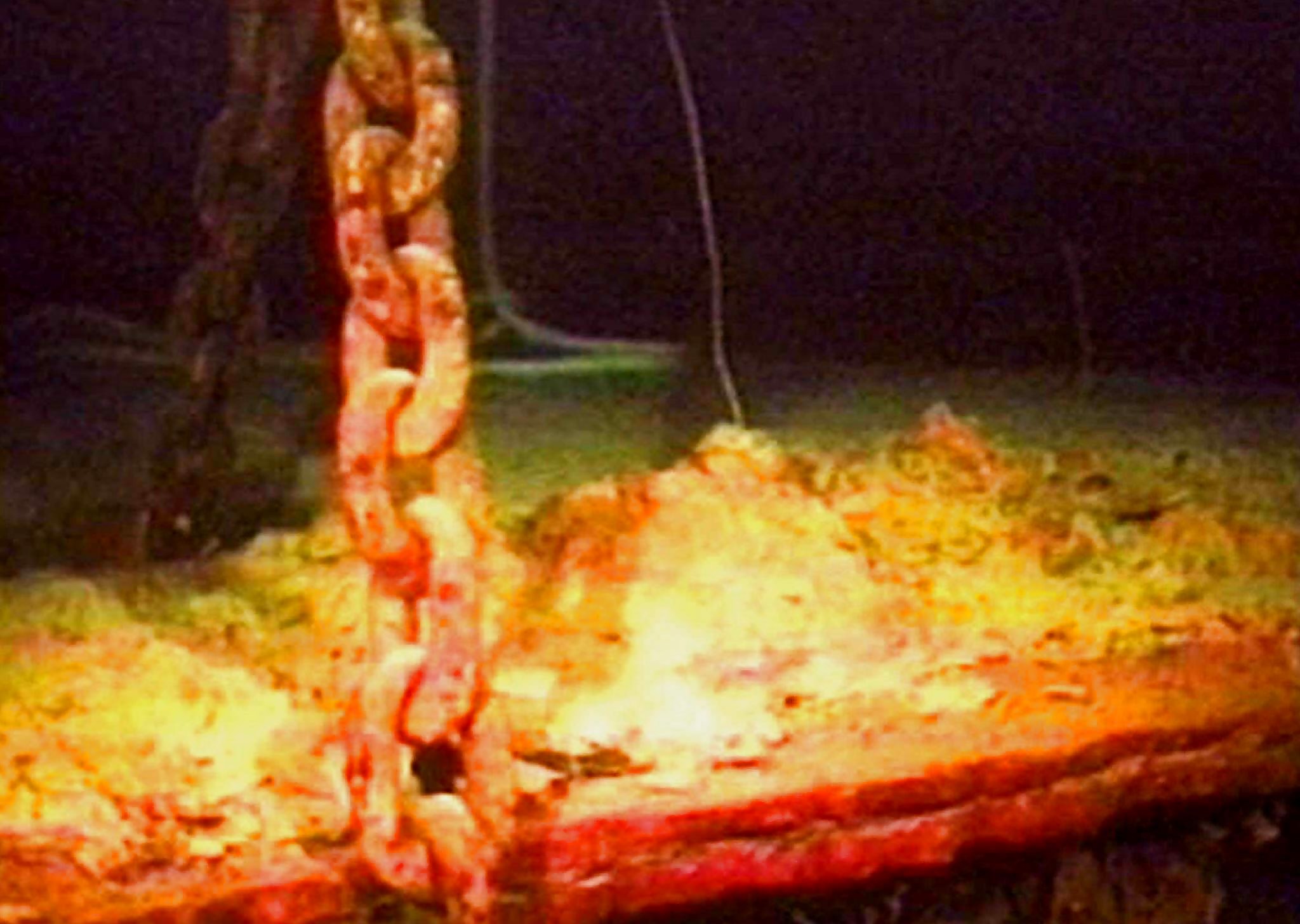
Robert Thompson, a pop culture expert told the publication that the Titanic’s continuous retelling can be attributed to factors like its high-society passengers, the ship’s remarkable speed for its time, the significant loss of life, and the claim of being “unsinkable.” The widespread dissemination of news about the sinking was facilitated by the presence of telegraph services on board, allowing the story to spread rapidly around the world.
The Titanic’s sinking coincided with a pivotal moment in radio history, and the night of the disaster is considered a significant event in the early days of radio broadcasting. The availability of telegraph services and the prominent individuals aboard the ship contributed to the global impact of the tragedy.

The discovery of the Titanic’s wreckage in 1985, lying in two pieces on the ocean floor over 2 miles deep, sparked a renewed interest in the ship. Additionally, James Cameron’s 1997 blockbuster film and the centennial anniversary of the sinking in 2012 further revitalized public fascination with the Titanic.
Throughout the decades, the Titanic’s story has been continuously packaged and retold through different mediums, solidifying its status as one of the most renowned maritime disasters in history.
Dark Tourism
ABrent McKenzie, a professor and author told CNN that a significant part of the Titanic’s enduring allure stems from the combination of hubris and glamour associated with the original tragedy. The loss of numerous lives, the belief in the ship’s unsinkability, and the presence of famous individuals onboard all contribute to the ongoing fascination with the event.
McKenzie also explains that the passage of over a century since the sinking has contributed to the Titanic’s allure. The lack of new first-hand accounts makes it challenging for future generations to fully grasp the magnitude of the tragedy, which adds to its mystique.
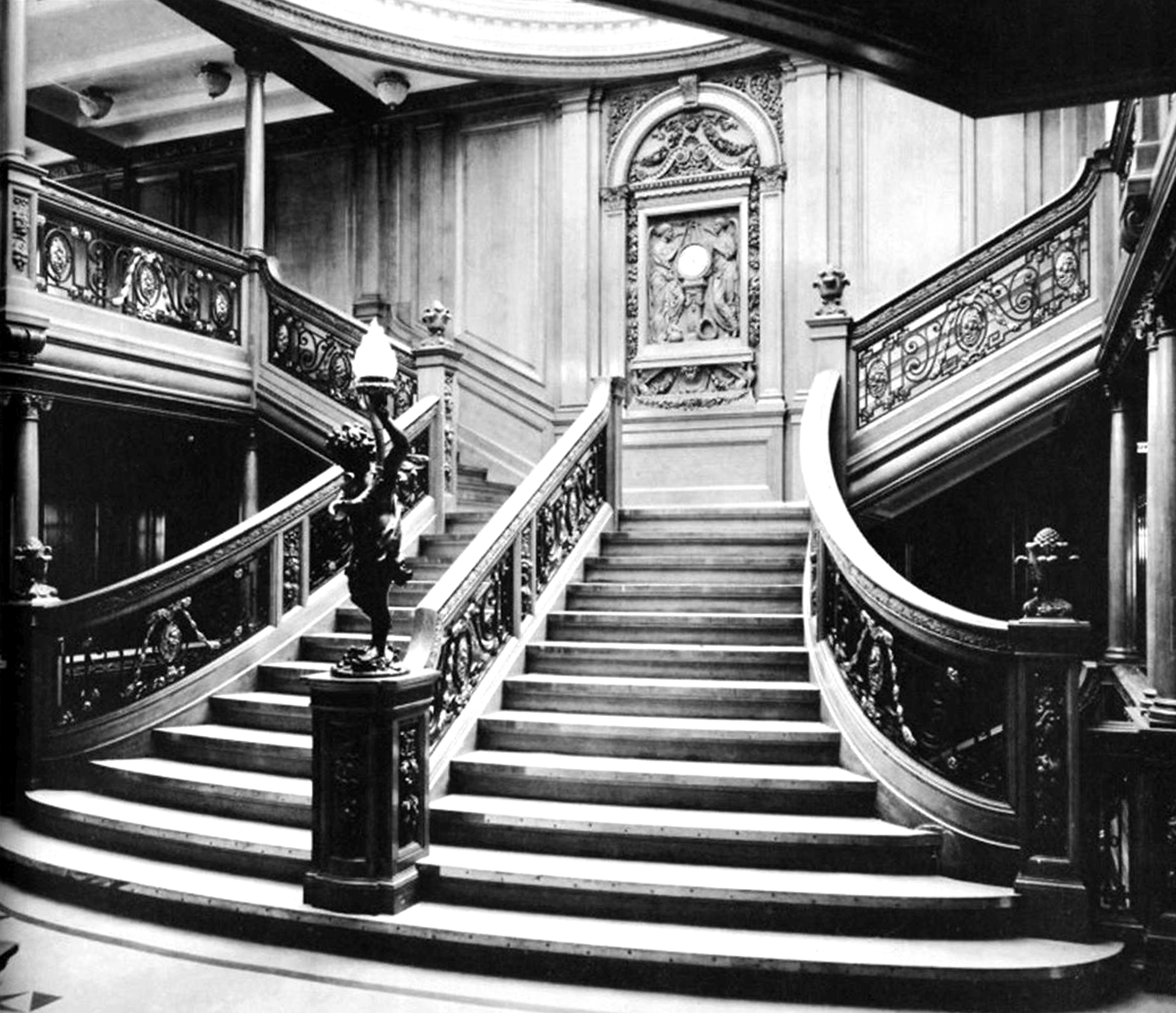
The interest in Titanic tourism aligns with the broader concept of “dark tourism,” where visitors are attracted to sites associated with death, tragedy, and suffering. McKenzie suggests that the rise in dark tourism can be attributed to increased travel options and the influence of media that focus on such destinations.
McKenzie speculates that events like the war in Ukraine or the emergence of new sites of tragedy could reignite interest in dark tourism, such as the Chernobyl disaster. However, the impact of the Covid-19 pandemic remains uncertain, as people might prioritize more traditional forms of relaxation and escape, as per the report.













Comments
0 comment